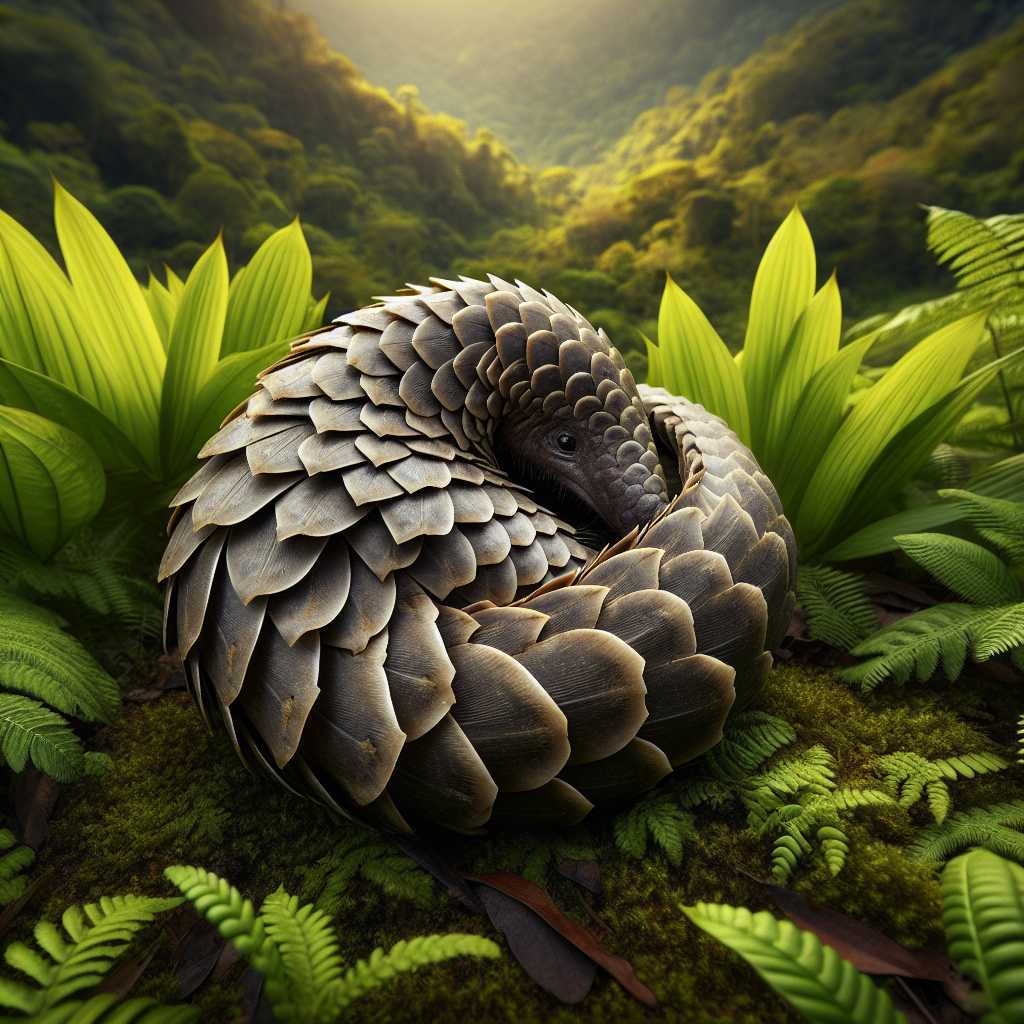### The Plight of the Pangolins: Examining the Factors Threatening Their Survival
Pangolins, often described as “walking pinecones,” are remarkable creatures that have walked the earth for millions of years. With their unique features and behaviors, they capture the curiosity of wildlife enthusiasts and researchers alike. However, these solitary and primarily nocturnal animals face significant threats that put their future at risk. This article serves to explore the fascinating world of pangolins, the dangers they face, and the conservation efforts aimed at preserving these extraordinary mammals.
Understanding Pangolins: Biology and Behavior
Pangolins are insectivorous mammals belonging to the order Pholidota. They are distinct from any other type of mammal due to their full armor of scales made from keratin—the same protein that constitutes human hair and nails. There are eight known pangolin species ranging across Asia and sub-Saharan Africa.
Adapted to a diet mainly consisting of ants and termites, they utilize their long, sticky tongues to extract prey from nests. Lacking teeth, pangolins rely on their strong stomach muscles and ingested pebbles to grind down food before digestion. Aside from their distinctive foraging habits, they are known for their ability to roll into a tight ball when threatened—a defense mechanism against predators that is made possible by their tough scales.
Pangolins in Peril: Hunting and Trafficking
Despite their curious charm, pangolins are amongst the most trafficked mammals in the world. Demand for their scales and meat, particularly in parts of Asia where they’re used for traditional medicine purposes or regarded as a delicacy, has driven illegal hunting and poaching to alarming levels. Not only does this threaten the species with extinction, but it also inflicts immeasurable harm on individual animals captured or killed in the process.
The trafficking chain extends far beyond local hunters, involving international crime syndicates that smuggle pangolin parts across borders undetected. This has prompted global conservation authorities to raise red flags and call for stricter law enforcement and anti-trafficking measures worldwide.
Conservation Efforts: A Beacon of Hope for Pangolins
Numerous conservation groups have risen up to address the concerns associated with pangolin survival. International bodies such as the Convention on International Trade in Endangered Species of Wild Fauna and Flora (CITES) have banned commercial trade of all pangolin species. Meanwhile, on-the-ground conservationists collaborate with local communities to protect habitats and educate residents about the ecological value of these animals.
Moreover, rehabilitation centers have been established in both Africa and Asia to care for rescued pangolins, offering medical attention and helping them reintegrate back into the wild whenever possible. Scientists and non-governmental organizations also conduct studies to understand population numbers better, behavioral ecology, and factors contributing to habitat loss.
Future Challenges: Sustaining Momentum in Pangolin Preservation
Keeping up the momentum in protecting pangolins from extinction is a multifaceted challenge. It requires coordinating efforts that encompass policy change, enforcement, community engagement, education, research advancement – all of which demand sustained funding and global attention.
Striking balances between human needs, wildlife conservation, and economic development continues to pose hurdles as environmental landscapes change and wildlife habitats become ever more fragmented. The longevity of conservation successes will largely depend on an integrated approach that can cultivate environmental stewardship within all sectors of society.
Notes
Image Description: A three-banded pangolin is curled up into a defensive ball in its natural habitat with visible scales covering its body and a backdrop of green foliage emphasizing its need for protection in the wild.
